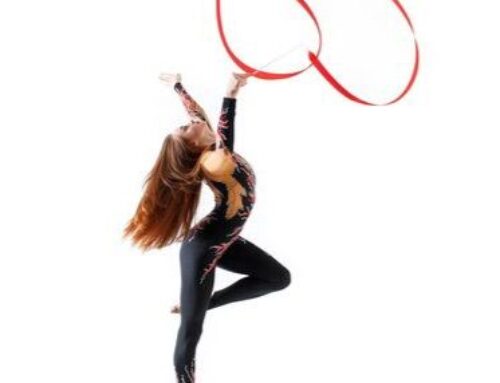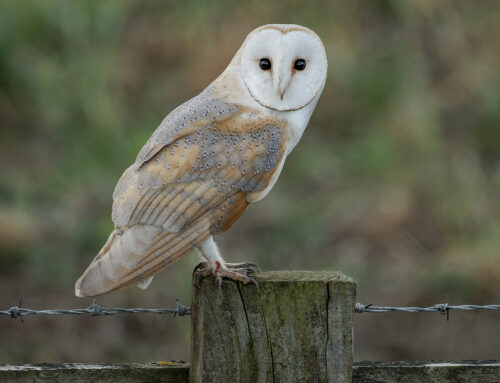MAY’s TIP OF THE MONTH
The Golden Ratio
The Golden Ratio
Want to know how to improve your photos dramatically?
Learning the Golden Ratio may just be the best composition skill you can learn!
The Golden Ratio (often referred to as the Golden Spiral, Divine Ratio, or Fibonacci Spiral), is a rule of composition.
There are lots of beautiful things to photograph, but each of them can be photographed in multiple ways to different effects.
To narrow down the options for how to take the photo, you need rules of composition.
These are not rules in the sense that you’re obligated to follow them. They are simply tried-and-true guidelines that tend to work well for most photos.
The Golden Spiral, in particular, is sometimes referred to as a more advanced version of the Rule of Thirds.
If you’re not familiar with the Rule of Thirds, we’ll get to that in a moment.
The Golden Ratio can help you replicate in your photos the kind of balance and order that’s often found in nature.
|
|
The Golden Ratio might seem complicated, but once you know how it works it’s actually not that difficult to apply.
Let’s start with the good old Rule of Thirds.
To compose a photo using the Rule of Thirds, you divide the image into a set of equal quadrangles, forming a grid of 9 quadrangles.
That is, you have 3 columns and 3 rows. You then align all the points of interest (like the eye of your subject, the horizon, a tree, etc..) in your photo with the intersections of those grids lines or along the dividing lines.
|
|
For the golden ratio, in contrast, you do not form equal quadrangles on a grid.
Instead, you form the image into two quadrangles, with 1 being 1.618 times larger than the other. You then continue dividing the smaller quadrant up into additional quadrangle with each successive one being 1.618 times smaller than the last.
If you then start drawing a curve from the left bottom corner through to the opposing corner of the same quadrangle and then continue to the opposing corner of each successive one, you will form a spiral—a balanced shape often found in nature.
|
|
You can also rotate and flip the spiral to fit whether you’re shooting in portrait or landscape more and based on your actual subject.
This is of course not a replacement for the Rule of Thirds, but it’s just one more way you can make your compositions more interesting.
It might sound a little complex, but hopefully you now have a better understanding of what the Golden Spiral is!
Come down to our Club Nights every Monday night from 7:30pm to 9:30pm at Roundhill WMC, for a fun pack night, with like minded people with a warm welcome!
Would you like to become a member?
Simply fill out the form below and we will get back to you with more details.




